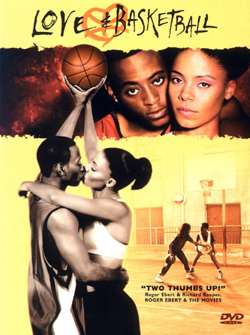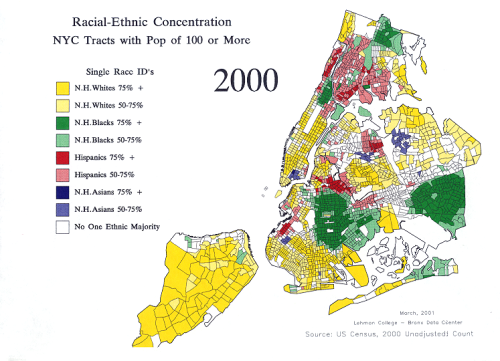 Love & Basketball (2000) is a Hollywood film, a love story starring Omar Epps and Sanaa Lathan. It was written and directed by Gina Prince-Bythewood (I will do a post on her). Lathan and Epps grow up next door to each other in the 1980s in Crenshaw, a black part of Los Angeles. They both love basketball – and, even when they do not want to admit it, each other. Basketball brings them together – and tears them apart.
Love & Basketball (2000) is a Hollywood film, a love story starring Omar Epps and Sanaa Lathan. It was written and directed by Gina Prince-Bythewood (I will do a post on her). Lathan and Epps grow up next door to each other in the 1980s in Crenshaw, a black part of Los Angeles. They both love basketball – and, even when they do not want to admit it, each other. Basketball brings them together – and tears them apart.
This was the film that made Sanaa Lathan’s name and got Boris Kodjoe noticed (he takes her to the spring dance). Tyra Banks got a bit part but was already world-famous as a supermodel.
Gabrielle Union is in it too, then also pretty much unknown. She tried out for the lead but lost out to Lathan. Instead she got a part as one of Epps’s girlfriends. Union was to make her name that same year by starring in “Bring it On”, a cheerleader film.
Supporting characters: Debbi Morgan and Dennis Haysbert play Epps’s parents, Alfre Woodard plays Lathan’s mother. In addition to the love story and the basetketball, the film shows Lathan’s relationship with her mother and Epps’s with his father. Debbi Morgan was great as a woman past her prime in a failing marriage.
The best scene except for the end was at the the spring dance: Lathan is dancing with Kodjoe and Epps is dancing with Union and they are playing Zapp and Roger’s “I Want to Be Your Man” (1987). Not only do I love that song but Lathan looked absolutely beautiful in that scene.
It is one of those movies I kept hearing about but never saw – till the other day. At the time it came out I had no reason to see it: I did not know Lathan then and my wife is no fan of Epps (too short?). I like Alfre Woodard but she is no big Hollywood star so I never know if she is in something until I am already watching it: “Hey, look, Alfre Woodard!”
It was a sweet story – though, truth be told, I would have probably watched it if it was just two hours of Sanaa Lathan breathing or waiting for a bus. If Halle Berry is bread, Sanaa Lathan is cake. With icing.
Lathan had played basketball only twice in her life before she got the part. They had to shoot the basketball scenes so you could not tell – partly by shooting the action from her point of view.
All the basketball players wear Nike shoes: because Nike had enough shoes from the 1980s for a period film. Prince-Bythewood, the director, tried to stay as in period as possible – though right in the opening scene set in 1981 she plays a song from 1983 (“Candy Girl” by New Edition). In the director’s commentary I found out that she knew that – she was just about the same age as the main characters in 1981 – but thought the song was too good to pass up.
– Abagond, 2010.

Family portrait from the film. Click to enlarge. From top to bottom: Harry Lennix, Sanaa Lathan, Regina Hall, Alfre Woodard.
See also:
- Love & Basketball at IMDb.com
- actors:
- soundtrack:
- By the same director:











